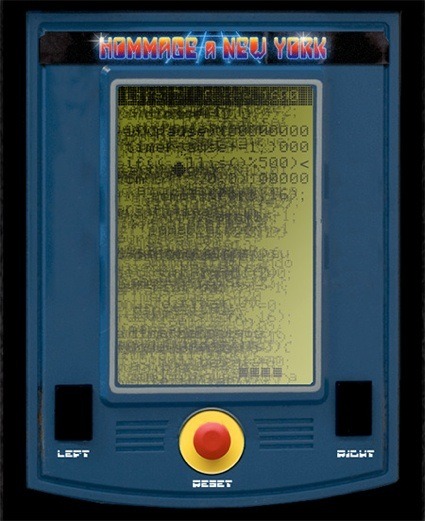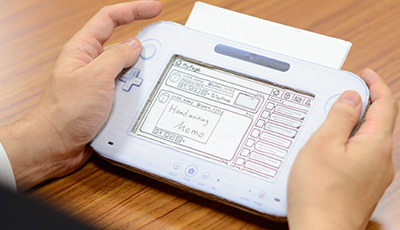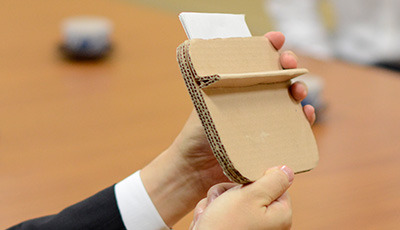An interesting Swiss film displayed at “Cinéma tous écran” (a local festival in Geneva): Pixeliose by Romain Graf.

The story goes like this:
“Adrien suffers pixeliose, an unknown disease resulting in partial pixelation of his field of vision. To cure this disease, he goes to a woman, Dr. Rittenmatter, ophthalmologist. This consultation gives no result, but they feel surprisingly close and decide to meet for a swim.
Adrien is traumatized by the death of hundreds of people who jumped from the towers of the World Trade Center on September 11, 2001 in New York City.
His illness can’t be treated, it does not exist. However, Dr. Rittenmatter believed him and understood what he feels, which matters more than any other medical treatment.“


Why do I blog this? It’s intriguing to see how a sort of New Aesthetic McGuffin (in the form of a disease) is used to create a plot here. Aside from this, and the pleasant viewing of the film, the use of ophtalmologic devices is also curious to create a specific atmosphere. Definitely something to use in design fiction workshops.






